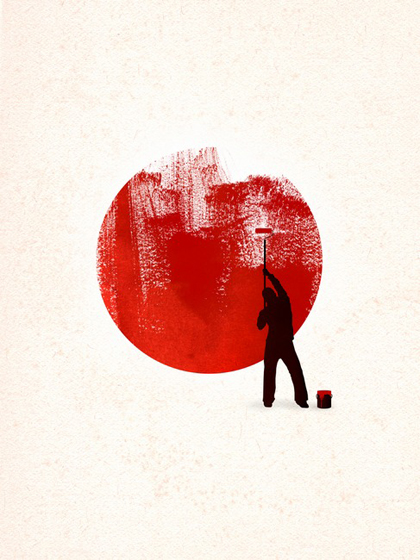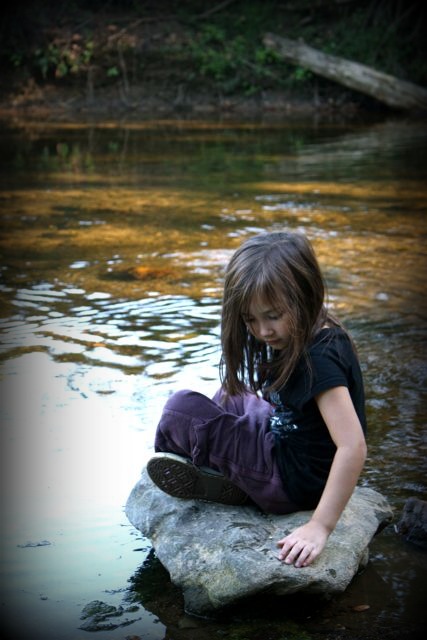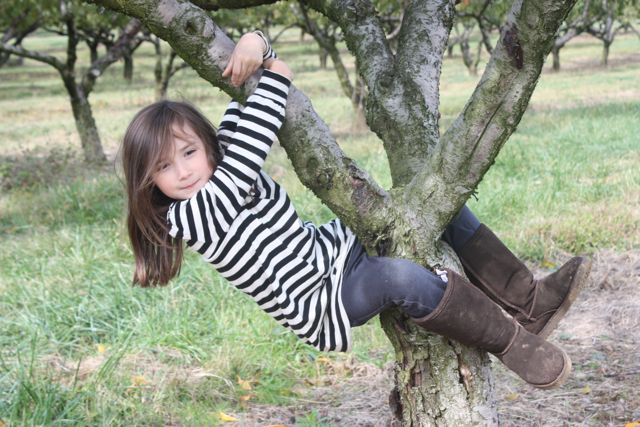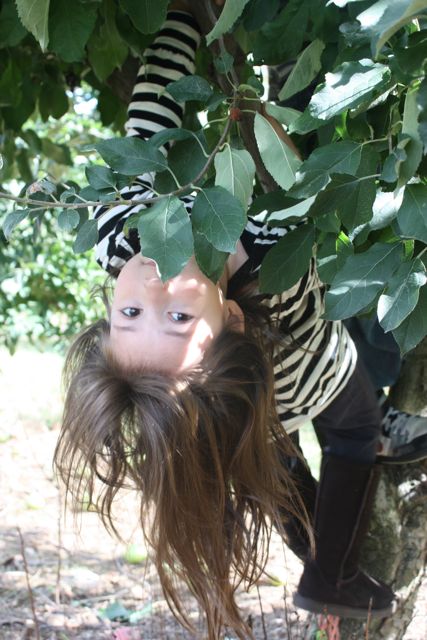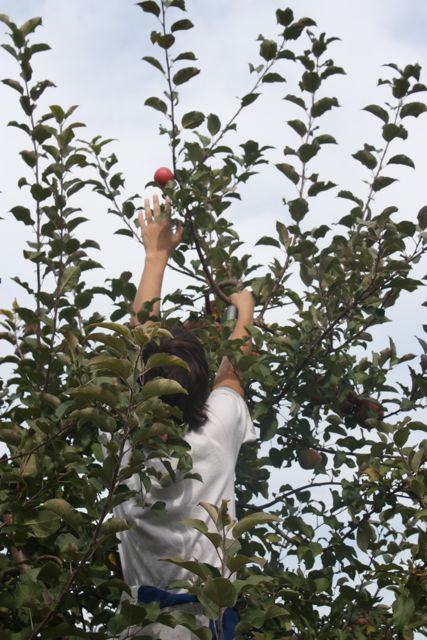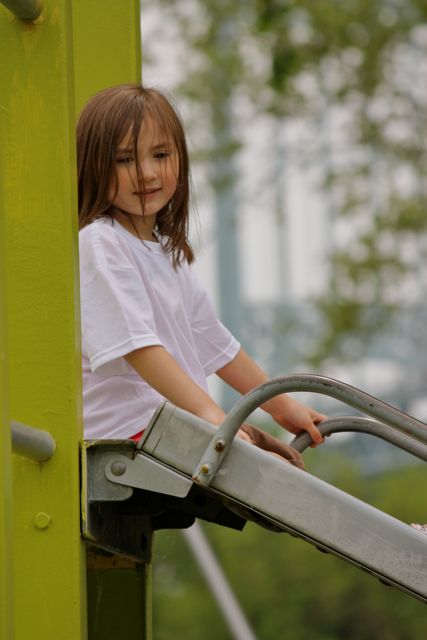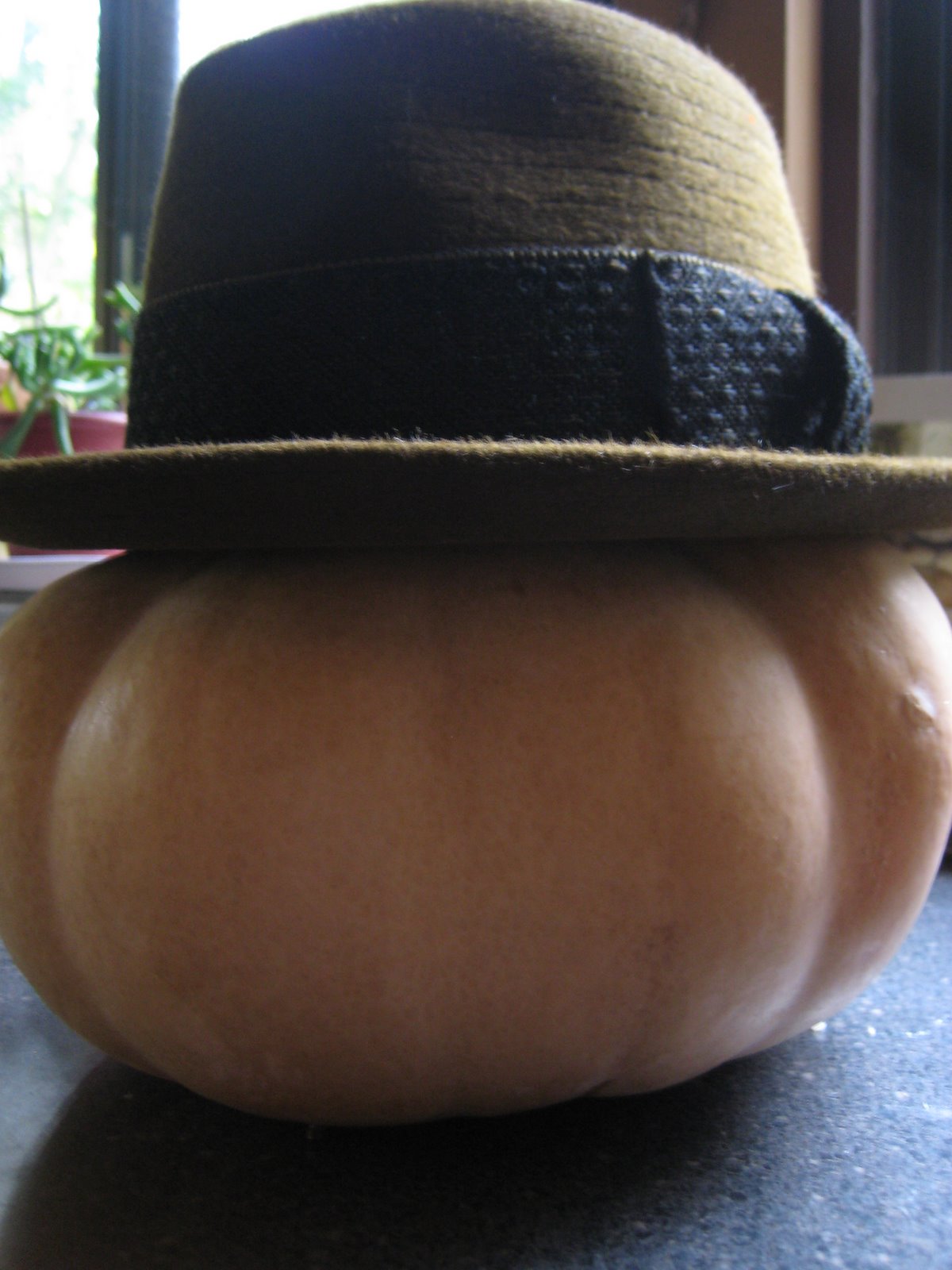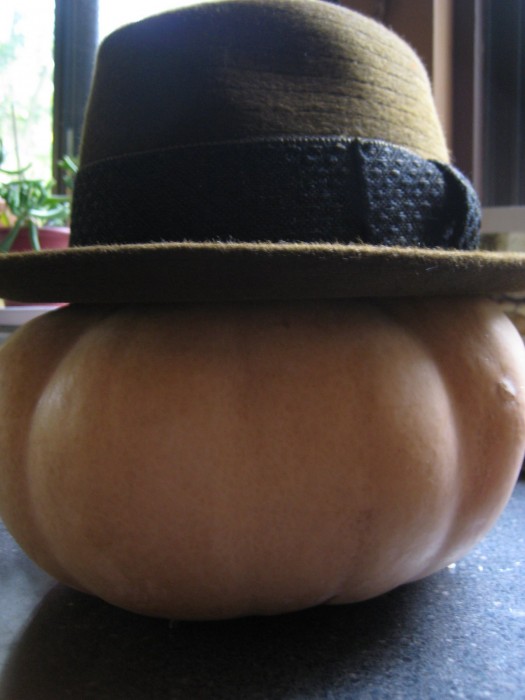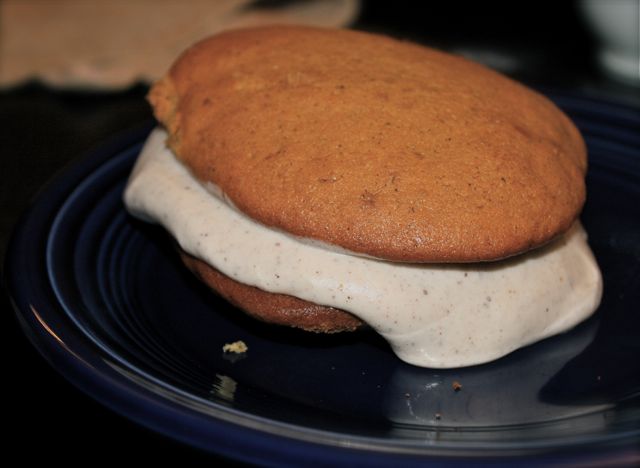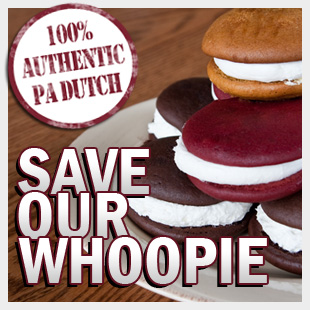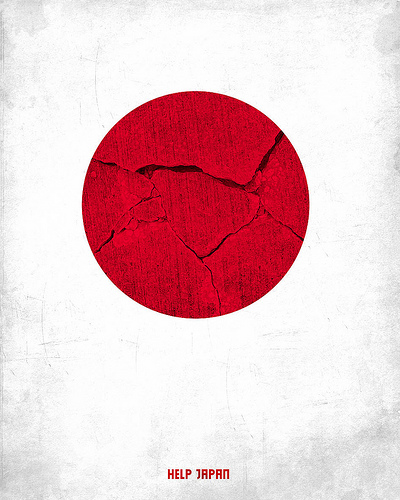
Please be careful with me
I’m sensitive, and
I’d like to stay that way.
-Jewel, “I’m Sensitive”
“Could the Nuclear Crisis Happening in Japan Happen Here?”
This is a headline that I’ve been seeing, in slightly varying forms, all over the place these last few days (here’s one about the plant in Limerick, PA), as the situation in Japan slowly worsens.
I’ve found it terrifying that the situation in Japan has been reported differently in Europe than it has here. I can’t help but wonder if it’s because we’re protecting the reputations of the plants we have, and the ones they want to build.
And yet. People are starting to ask. Could this happen here?
You know what I have to say about that right now?
Honey badger don’t give a shit. Honey badger don’t care.
This is not the time to get all selfish & wonder, could this happen here.
IT’S ALREADY HAPPENING. RIGHT NOW. IN JAPAN.
To recap:
There was a mothereffing 9.0 magnitude earthquake in Japan. There have been hundreds of sizeable aftershocks. Hundreds.
There was a mothereffing tsunami after the earthquake.
It is cold. There has been snow.
Grocery stores are empty.
And now, and now, those people who have already been through so much more than I can even begin to wrap my head around (today is THURSDAY, almost a full week has gone by), there is fear of radiation. You know, so people can worry the rest of their lives about elevated cancer risks for themselves & their children.
Those workers who are trying to make it all stop? I am assuming this is pretty much a suicide mission for them.
I think about how this is just the beginning.
————————————————–
Meanwhile, my Facebook and twitter feed today are littered with Irish stereotypes, references to beer and pots o’ gold.
Look. I have been accused this past week of being a bad-news addict. I have been told— ordered, really— to quit taking the situation in Japan so emotionally. I have been told that Japan is a wealthy country and not to donate a cent of my family’s hard-earned money. I have been asked what the Japanese have done for me.
I’ve been told there’s only so much we can do and to not think about it.
I don’t work that way.
I can’t help but think of my family in that situation. What if my kids were on the bus, making their way to school when the quake hit? My husband at work in the city? How would we find each other? How much pain would I be in until I found them? How overwhelming the terror in their hearts? Even if we made our way quickly back to each other, how would they be affected by the numerous aftershocks?
Up to 100,000 children have been displaced by the earthquake and resulting tsunami.
Save the Children has just opened a child-friendly play area in Sendai:
Child-friendly spaces are protective environments where children can gather to play and talk about their experiences with supervisors and each other, allowing them to establish a routine in a chaotic situation.
Play and routine are recognized as important ways for children to overcome traumatic experiences.
The supervised play areas also give parents time to concentrate on finding food, search for missing relatives and meet other pressing needs in the aftermath of a disaster.
Donations can be made to Save the Children’s “Japan Earthquake Tsunami Children in Emergency Fund” or by calling 1-800-728-3843. Or text “JAPAN” to 20222 to donate $10 to Save the Children for Japan earthquake relief (U.S. Only, standard message rates apply).
In addition, who knows how many pets have been injured or displaced.
You can laugh at my bleeding heart all you want. But if this happened to us I can’t imagine how much better and more secure my kids would feel with their Jimmy and their cats returned to their sides. For the elderly, the people that live alone and have no family to make them feel safe…
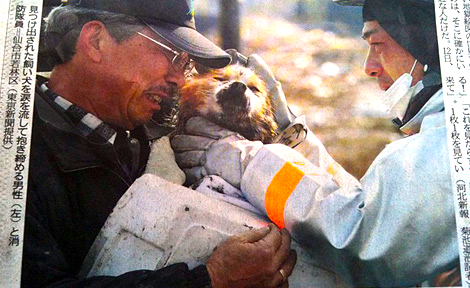
Japan Earthquake Animal Rescue and Support is a coalition of three groups— HEART-Tokushima, Animal Garden Niigata, & Japan Cat Network— who have united to provide shelter, rescue, & an exchange of information for animals of Japan’s earthquake and tsunami. Any donated funds will be used directly for animal rescue & support of Japan’s earthquake and tsunami.
Donations can be made to Japan Earthquake Animal Rescue and Support by Paypal through Chip-in. When you get to the Paypal page, change to English via a drop down menu on the upper right side of the page.
World Vets has a whole series of relief teams lined up and on standby pending the outcome of our first responder deployment. As long as radiation and nuclear threats remain they are considering the safety of volunteers and not contributing to potential victims. At this time World Vets is not recruiting volunteers for its disaster response efforts in Japan.
HOWEVER. Veterinary supplies and/or medicines that are being requested: De-worming medicines, vaccinations, fluid replacements, wound treatments, and cages. Donations of these items can be shipped to: World Vets headquarters, 802 1st Ave N, Fargo ND 58102. You can like World Vets on Facebook for further updates.
Artists all over the place are stepping up for the cause in Japan.
Design Crush has a nice list of prints whose proceeds benefit disaster recovery.
And, for the traditionalists out there,
you can text REDCROSS to 90999 to give $10 to Japan Earthquake and Pacific Tsunami relief, or donate via their website.
Charges will appear on your wireless bill, or be deducted from your prepaid balance. All purchases must be authorized by account holder. Message & Data Rates May Apply. Text STOP to 90999 to STOP. Text HELP to 90999 for HELP. To see the full terms applicable to donations, please visit www.mgive.org/T. Receipts for donations are available at www.mgive.org/receipt.
American charities have raised only $49 million for Japan so far, compared to $296 raised in the first week for Haiti.
Why?
I can’t begin to answer that question, although this article puts forth some convincing arguments.
I’m just going to implore you to unharden your hearts.
I don’t know why we wear it as a badge of success that we don’t let misfortune touch us. This disaster is a reminder of the fragility of life, of the capricious nature of fate, and of the power of our connection as human beings. It touches my heart, and I won’t apologize for it.
There are people in immediate need of help and we have the ability to help them.
I want my children to know that when it was in my power to help others, to help dispel the fear in children’s hearts, I did whatever small bit I could. Never let it be said I walked away and said, “Not my problem.”
I have been through a lot of horrible things in my life. And the moment that I allow it to make me hard, to “toughen me up” so that I am not deeply empathetic to the pain of others— then going through it all becomes completely meaningless.
That’s not how I work.
I’m sensitive, and
I’d like to stay that way.
